|
|
General: FRANCOIS D ASSISE VEZELAY (MADELEINE) CHOSE THE HILL OF VEZELAY FIRST FRANCISCAN
Choisir un autre rubrique de messages |
|
|
Vézelay, Saint Maximin and the relics of Mary Magdalene

Vezelay and Saint Maximin, an incredible “war” for the relics of Mary Magdalene
Mary Magdalene did not immediately have a great aura in the history of the Church. It was not until the 7th and 8th centuries that she began to be favored in monastic circles, where the accent was placed on repentance and forgiveness by welcoming sinners there. The life of the saint – a sinner who became an ascetic – then merges with the traditions concerning the life of Mary the Egyptian. She was a prostitute of the six century who would have done penance in the desert, on the other side of the Mediterranean.
In the 11th century, the monasteries, under the influence of the order of Cluny, took on social and economic importance. There is also a tremendous cult around all kinds of relics brought back from the Holy Land or purchased in Constantinople. Having relics of great saints is important at this time. It is because there are relics that pilgrimages are organized and pilgrimages pay off. In Vézelay at the beginning of the 11th century the monastery was in full decline. Wishing to promote his abbey, Abbot Geoffroy (1037-1052), friend of the pope, ambitious and close to princes “discovered” (“invented” is the term of use) and exhibited the relics of Mary Magdalene. Pilgrims flock.
 Relic of Mary Magdalene, Vezelay basilica In 1050 Mary Magdalene officially became the patron saint of Vezelay abbey.
Over the 11th and 12th centuries, the abbey, many times enlarged and rebuilt, was transformed into a magnificent sanctuary, with splendid Romanesque portals. It was an important stopover on the way to Compostela. The city took advantage of the influx of pilgrims. In the 12th century, its population amounted to 10,000 inhabitants, a considerable number for the time. Vézelay then became a center of great importance for the West.
Under the protection of the powerful dukes of Burgundy, in 1146, Saint Benedict preached the second crusade there. King Louis VII, Queen Eleanor and a crowd of nobles, prelates and people gathered on the hill.
In 1190, Richard Coeur-de-Lion and Philippe-Auguste met there at the start of the third crusade.
In 1217, François d’Assise chose the hill of Vézelay to found the first Franciscan establishment on French soil.
 Saint Bernard preaching the 2nd Crusade, in Vézelay, in 1146, Émile Signol – Public domain How the relics of Mary Magdalene arrived in Vézelay ?
Natural curiosity, but unsatisfactory answers.
We accepted the idea that it was Gérard de Roussillon who would have organized the transfer of the relics during the foundation of the abbey, relics that we would have gone to look for in Saint-Maximin where we knew that the saint had her burial. .
The bishop of Autun launched a prohibition against the pilgrimage. We then asked for the arbitration of the Pope. Pascal II, who by a bull given in 1103, broke the prohibition of the bishop and invited all the French to make the pilgrimage of Vézelay. The pilgrimage then took off, these were the great hours of Vézelay.
However, doubt persisted, not about the burial of Mary Magdalene in Provence, but about the transfer of her relics to Vézelay and their authenticity. We didn’t have much to show as relics in Vézelay, where we talked about them a lot without ever really presenting them in public.
“Presentable” and “indisputable” relics were needed. It was then that in 1265, relics were exhumed in Vézelay, kept in a box which would have been deposited in the crypt in 920 more than three centuries earlier. A certificate of authenticity in the box proves this!. “…under the high altar, a metal chest, long square, which contained some relics wrapped in two veils of silk, with a certain quantity woman’s hair”. There was also a letter from a King Charles certifying that “in this coffer is contained the body of the blessed Mary Magdalene”. (Act drawn up by Gui de Mello, bishop of Auxerre and Pierre, bishop of Panéade.)
Saint Louis officially recognized the relics and went to Vézelay for their elevation in 1267.
 Vezelay basilica  St Maximin basilica
Nevertheless, the doubt still persisted.
Twelve years later, in 1279, Charles II, Prince of Salerno, nephew of Saint Louis, who had come to Saint-Maximin on pilgrimage and had carried out a solid investigation, was convinced that the tomb of Mary Magdalene was in the crypt. where Saint Maximin had once buried her.
He organized excavations which led to the discovery of several sarcophagi. In the so-called “Sidoine’s sarcophagus” was discovered the body of Mary Magdalene with an inscription on a wooden tablet on which appeared simply: “Here lies the body of Saint Mary Magdalene.”

And finally, for the Abbey of Vézelay, the miracle will not take place.
Indeed, Pope Boniface VIII definitively put an end to this “battle” between the 2 cities when he recognized the authenticity of the relics discovered by Charles II at Saint Maximin.
Vézelay will have to submit to the spiritual authority of the Pope. At the end of the 13th century, it is the beginning of the decline of the pilgrimage of Vézelay.The reliquary in the crypt of Vezelay contains a piece of her rib bone, given by the Dominican monks of St Maximin.
https://www.magdalenesacredjourneys.com/vezelay-saint-maximin-and-the-relics-of-mary-magdalene/ |
|
|
 Premier
Premier
 Précédent
2 à 7 de 7
Suivant
Précédent
2 à 7 de 7
Suivant
 Dernier
Dernier

|
|
|
By Kendrick Ivan B. Panganiban
The Diocesan Shrine and Parish of St. Mary Magdalene in Pililla, Rizal formally announced today that it received the title of “affiliate church” of the Minor Basilica and Parish of St. Mary Magdalene in the town of Saint-Maximin-la-Ste-Baume, a commune in the southeastern French department of Var, in the Provence-Alpes-Côte d’Azur region.
It is the first church in the Philippines to receive such recognition from the French basilica.
Pililla Shrine Rector Fr. Alfredo Meneses, Jr. said during a 6pm Mass that the “Declaration of Support and Recognition as an Affiliate Church” was signed between him and Basilica Rector Père Florian Racine last July 22, Feast of St. Mary Magdalene.
“We are glad to receive this gracious blessing as the shrine of Pililla strives to promote the devotion to St. Mary Magdalene not only in the Diocese of Antipolo but also in different places in the Philippines,” Meneses said.
Part of the document signed between the two Rectors reads that “through this (agreement), these two places of pilgrimage hold a spiritual connection through our united effort to continue to promote the Apostle to the Apostles”.
The minor basilica in France was built in Saint-Maximin-la-Ste-Baume town in the 13th century and was first entrusted to the Dominicans as St. Mary Magdalene is the patroness of the order. It is considered a primary shrine of the patroness visited by pilgrims throughout the world.
This shrine currently keeps the believed remains of the saint, especially her skull, which is brought to procession in the town during her feast day on July 22. The church is currently under the Diocese of Fréjus-Toulon.
The shrine in Pililla, Rizal was founded by the Franciscans in 1583 and is one of the most visited heritage churches in the province.
It was declared as a shrine by the Diocese of Antipolo in 2018 and will celebrate its 440th anniversary as a parish and fifth anniversary as a shrine in 2023.
According to the shrine sources, a thanksgiving Mass for the recognition will be held at 10am this coming Aug. 21, with Bishop Francisco De Leon of Antipolo as the presider.
https://cbcpnews.net/cbcpnews/pililla-shrine-recognized-as-affiliate-of-frances-basilica/ |
|
|
|
|
SUR LES TRACES DE SAINT-FRANÇOIS D'ASSISE
LES INCONTOURNABLES DU CHEMIN EN ITALIE
Le chemin d'Assise suit les traces de Saint François, dans l'esprit qui était le sien : en harmonie avec la nature, dans la sobriété, voire le dépouillement. C'est dans sa partie italienne, entre Laverna et Assise, qu'il traverse des villages et des paysages splendides par leur discrétion et leur beauté. Découvrez l'Italie des terres, sur un Chemin emprunt de pureté.
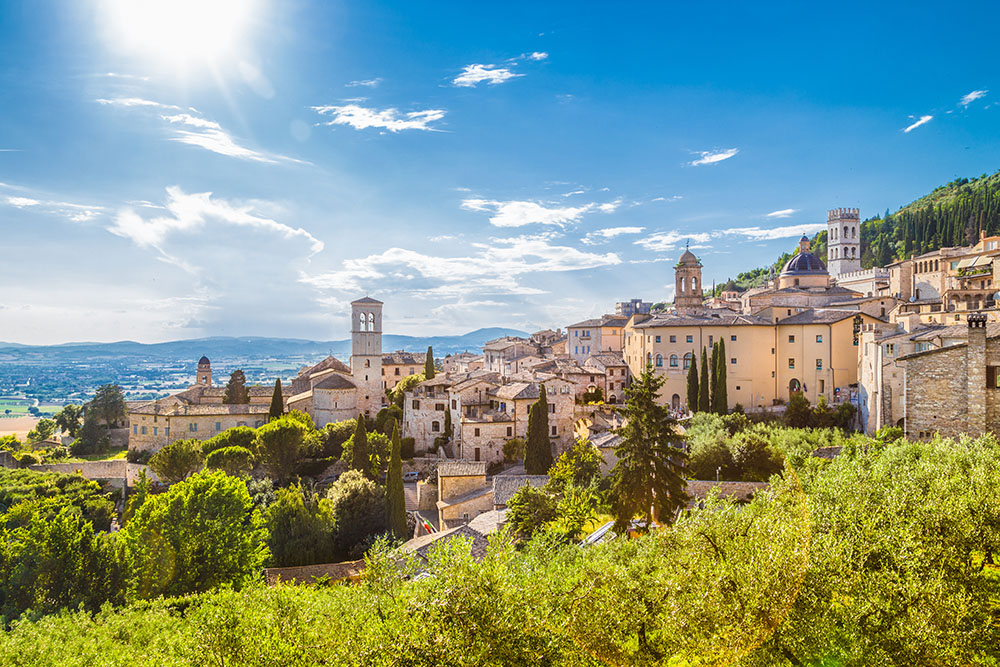
ASSISE : LA VILLE NATALE DE SAINT FRANÇOIS
Si Assise est aujourd'hui l'ultime étape du chemin de Saint-François, elle fut d'abord sa ville de naissance. Il ne pouvait y avoir de lieu plus emblématique et fidèle aux croyances et à la vision de Saint-François. Perchée sur des hauteurs du massif des Appenins, au cœur de l'Italie, Assise est une ville promontoire qui offre de magnifiques panoramas sur la nature environnante. À Assise, ne manquez pas, bien sûr, la basilique Saint-François. Un sentiment de paix gagne chacun des marcheurs venus jusqu'à Assise, en découvrant notamment l'enchevêtrement d'innombrables ruelles médiévales. Au détour de l'une d'elle, vous apercevrez une chapelle, une église, un chteau.
LE SANCTUAIRE DE LA VERNA
La Verna est le lieu où Saint-François a reçu les stigmates, marque des cinq plaies du Christ, en 1224. Depuis, l'endroit est devenu un point de passage des pèlerins en Italie. Un sanctuaire fut érigé. Il se compose de plusieurs chapelles, nichées sur une falaise, qui domine une luxuriante forêt et les paysages vallonnés de Toscane. C'est peut-être ici, à la Verna, le point de départ de notre voyage vers Assise, que la foi et la nature si chères à Saint-François s'associent le mieux. Un lieu où beauté architecturale et paysages mystiques se mêlent à merveille.
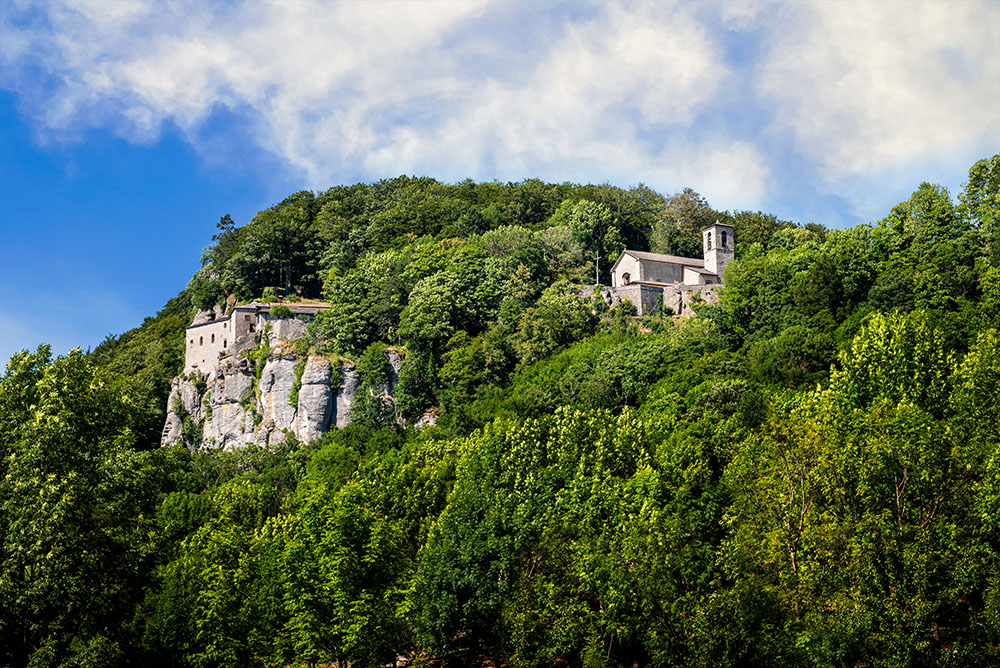
Le chemin d'Assise
Si le chemin d'Assise part de Vézelay, en France, nous vous proposons un voyage les traces de Saint-François dans la partie italienne. Vous découvrez pendant 12 jours de marche (et 189 km) des lieux importants dans la vie du moine italien, né à Assise, point d'arrivée du Chemin. Un sentier assez facile, des étapes de 14 à 28 km souvent courtes, des nuits dans des hébergements confortables, permettent aux voyageurs de profiter pleinement du cadre et des nombreux monuments qui jalonnent le parcours.
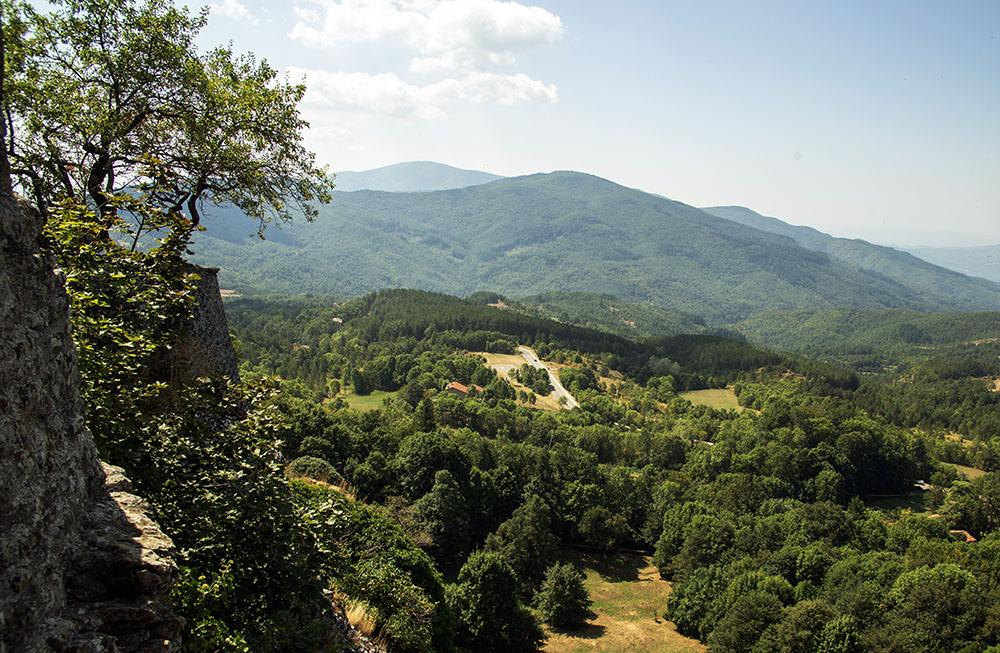
LES APENNINS : LA NATURE DE TOSCANE ET D'OMBRIE
Si des lieux et des monuments légendaires composent une partie du décor du chemin d'Assise, ce sont les paysages qui caractérisent le mieux l'immensité de ce pèlerinage. Le massif des Appenins, qui traverse du nord au sud la partie centrale de l'Italie, recèle de merveilleux cols et sommets faciles d'accès. Les points de vue sont nombreux, tout au long de la marche vers Assise, sur la Toscane et l'Ombrie. Oscillant entre plaines et collines, le chemin se fraie souvent un passage au milieu de belles forêts centenaires et de gorges millénaires. L'amour que portait Saint-François pour l'environnement et les êtres vivants se ressent ainsi au détour d'un sentier des Apennins, lorsqu'un oiseau vous accompagne de son chant mélodieux le long d'une belle rivière.
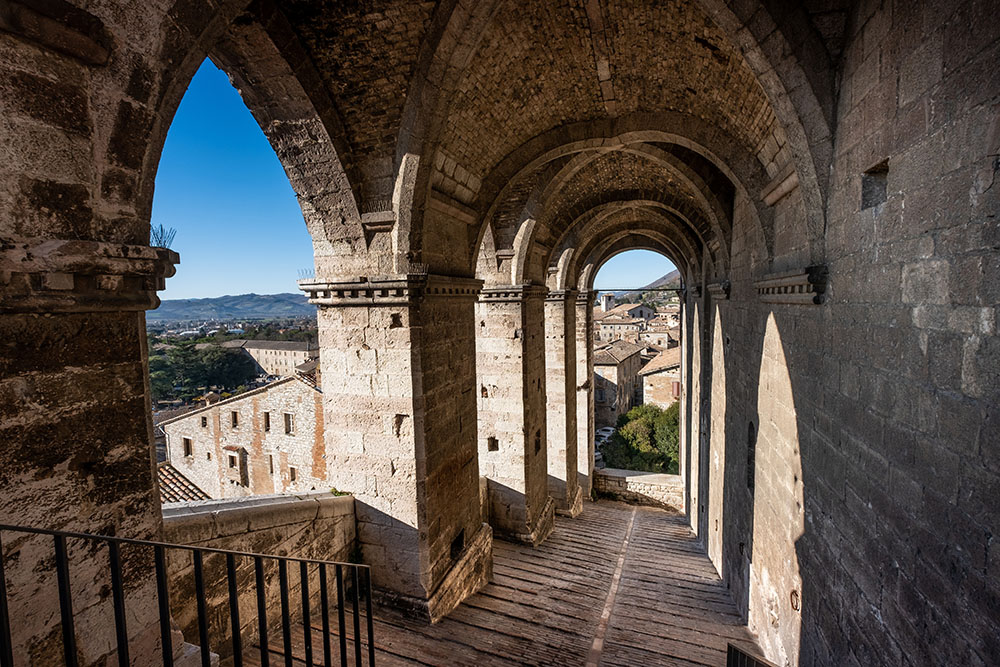
UNE SUCCESSION DE VILLES ET DE VILLAGES
Côté vieilles pierres, l'Italie et le chemin d'Assise recèlent de trésors connus et de joyaux plus secrets. Sur l'itinéraire de Saint-François, ne manquez pas Gubbio, une ville perchée et chargée d'histoire. Célèbre pour son Palazzo dei Consoli qui domine la place centrale, c'est une étape qui reste en mémoire des marcheurs. Une ambiance médiévale et envoûtante qui permet également de découvrir l'artisanat local. Plus loin, ce sont les villages de Citerna (et sa forteresse) ou celui de Sancepolcro, nichée dans la vallée du Tibre, lieu de naissance du célèbre peintre Pierro Della Francesca et son œuvre de "La Résurcetion" conservée dans l'église du village.
Le voyage vers Assise, vous l'aurez compris, est un concentré de la culture italienne, où les amateurs de patrimoine seront tout aussi heureux que les amoureux de calme et de nature.
QUI ÉTAIT SAINT FRANÇOIS ?
Saint François était un moine italien des XII et XIIIe siècles, connu pour sa dévotion aux plus démunis et sa vie de piété. Il avait renoncé, notamment, à sa richesse familiale. Né et mort à Assise, il a fondé l'ordre franciscain, et demeure aujourd'hui l'une des figures les plus vénérées du catholicisme. Grand prédicateur de la paix et de l'amour fraternel, c'est aussi l'un des premiers saints à vouer un culte à la nature et aux animaux.
https://www.via-compostela.com/incontournables-chemin-saint-francois-assise |
|
|
|
|
BIENVENUE
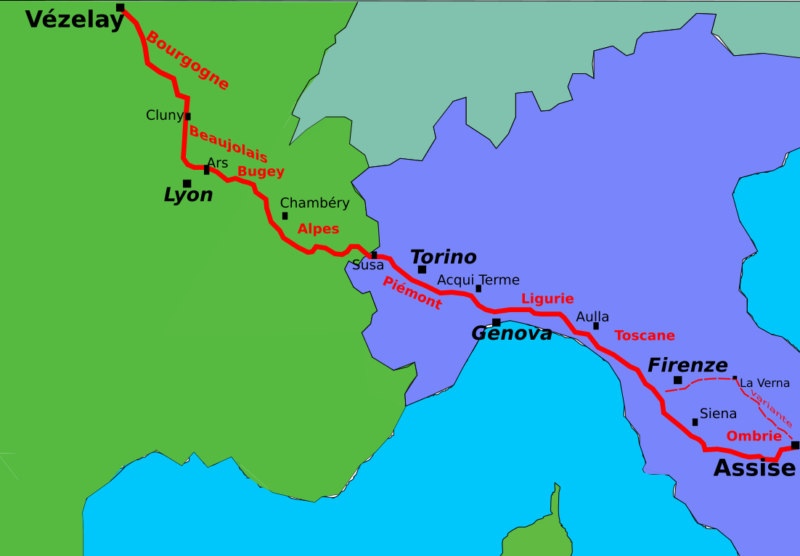
AVANT TOUTE CHOSE …
Nous sommes heureux de partager avec vous, amis pèlerins, la joie de la rencontre fraternelle ! Ce chemin se veut être une démarche de pèlerinage dans l’esprit de Saint François.
Accueillir la fraternité comme un cadeau, rechercher la simplicité et même la sobriété, vivre l’instant présent sans se soucier, c’est s’imprégner petit à petit de l’esprit de l’évangile tel que St François a choisi de le vivre. Le chemin est ouvert à toutes et tous et il apportera une joie authentique à celles et ceux qui auront au plus vrai d’eux-mêmes la paix du cœur.
Chemins de foi, chemins pour tous
Depuis de nombreux siècles, des pèlerins ont traversé l’Europe pour se rendre en Terre Sainte, à St Jacques de Compostelle, à Rome … pour des raisons spirituelles essentiellement mais ensuite aussi pour des raisons économiques et, plus récemment, pour goûter aux plaisirs de la marche, des paysages, du silence et de la solitude …
Aujourd’hui, de plus en plus de personnes, croyantes ou non, empruntent ces chemins tracés par les premiers pèlerins.
Un peu partout, des associations se sont créées pour redonner vie à ces itinéraires, notamment ceux vers Compostelle, mais aussi celui de Canterbury à Rome (« via francigena »), le Chemin de St-Michel, et bien d’autres. C’est aussi le cas pour ce « récent » chemin de 1500 km vers Assise.
Ainsi, elles témoignent d’un intérêt renouvelé pour la découverte du patrimoine culturel et artistique et pour une autre forme de ressourcement personnel ou de recherche d’épanouissement par un nouveau style de loisirs.
https://chemindassise.org/fr/accueil/ |
|
|
|
|
AUGUST 11TH=ST. CLARE OF ASSISI
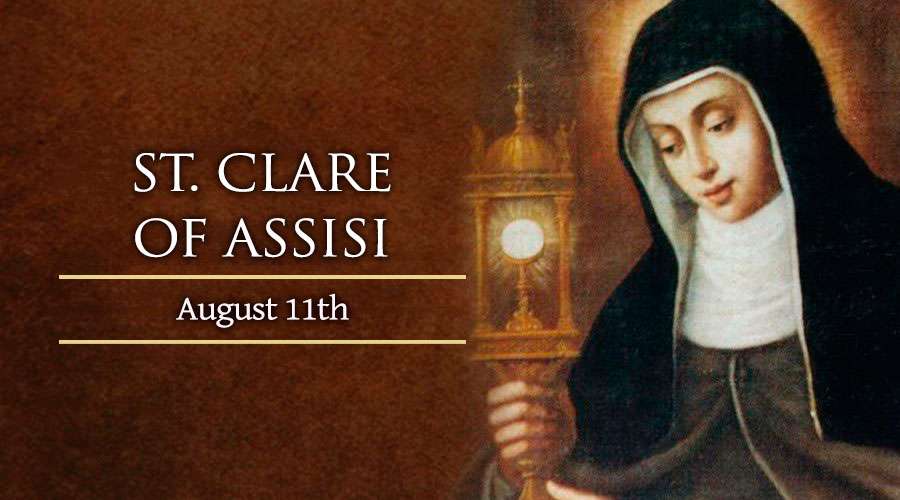
Regulus is one of the brightest stars in the night sky, which is not only the "heart of the lion" but also "prince" (or "little king") as well as "the King", just as Jupiter is named after the king of the gods. It is highly significant therefore that Regulus and Jupiter will be in "royal" conjunction on ~August 11.
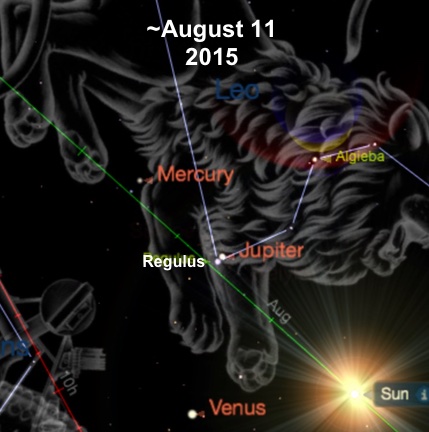
Remarkably ~August 11, 2015 is also pinpointed by a "Mayan financial crisis" time code I started highlighting back in February (STRUG) which is based on the Golden Ratio ("phi") and at least three major dates/events: 1) Transit of Venus (2004), 2) the day the US financial system almost came crashing down (9/14/2008), and 3) the "end" of the Mayan calendar (12/21/2012):
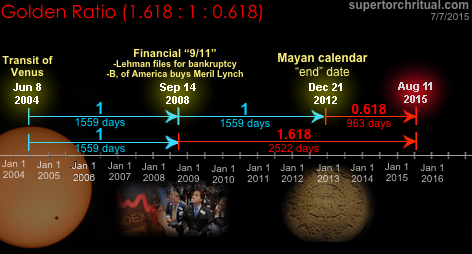

[Transit of Venus - June 8, 2004 & June 6, 2012 -
rare phenomenon of Venus passing in front of the Sun]
 Sep 14, 2008 Lehman Files for Bankruptcy; Merrill Is Sold Sep 14, 2008 Lehman Files for Bankruptcy; Merrill Is Sold
Sep 15, 2008 Crisis on Wall Street as Lehman Totters, Merrill Is Sold, AIG Seeks to Raise Cash
[Wikipedia - Global financial crisis in September 2008]
["Inside the Meltdown" (PBS) video]
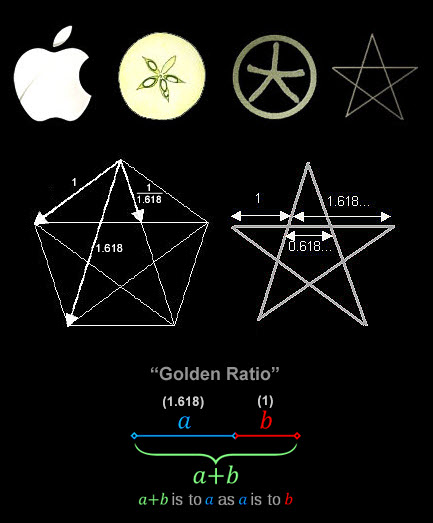
The financial crisis theme is underscored by an additional equidistant Mayan timeline coming from the May 6, 2010 "Flash Crash" (Dow Jones) pinpointing August 8, 2015, just 3 days before August 11:


[May 06, 2010 Dow freefalls almost 1,000 points, pulls back]
The point is not necessarily that we will have another such literal financial crisis in August 2015. But that we will have some notable event(s) heavily resonating with these things.
~~ UPDATE ~~
The pattern has been confirmed, as China's surprise move to devalue
its currency on August 11, 2015 destabilized global markets...
~~ END UPDATE ~~
[Original article resuming...]
On to the next set of time codes, with a temporal focus more on the latter half of August...
As I've noted many times in the past, Regulus is annually illuminated by the Sun on ~August 21–23…
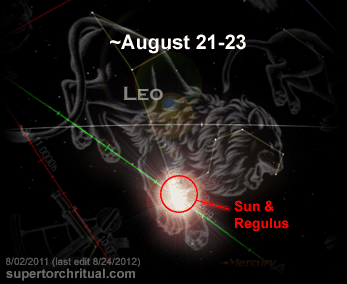
And it just so happens that it coincides with the heliacal rising of Sirius specifically at the latitude of Paris (~August 22)! But that's not all...
This year it will also coincide with Venus's rebirth as the Morning Star around August 21. (Until mid August before its inferior conjunction Venus is in its Evening Star phase.) This of course connects right back to the Transit of Venus which is a very precise form of the Venus inferior conjunction (= Earth-Venus-Sun alignment) that always immediately precedes the birth of the Morning Star.
This is very important because "Morning Star" is the original meaning of the term/name "Lucifer". And it just so happens that in the movie Lucy released in July 2014 we see Lucy's driver's license expiring specifically on "August 24, 2015".

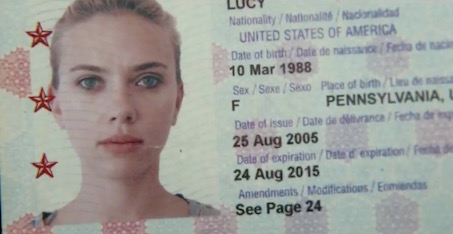
What's more, August 24 will be the anniversary of last year's big earthquake (8/24/2014) in the "phoenix city" San Francisco…

[Aug 24, 2014 Strongest quake in 25 years strikes San Francisco]

[San Francisco flag]
https://www.goroadachi.com/etemenanki/dogdays_prophecy.html |
|
|
 Premier
Premier
 Précédent
2 a 7 de 7
Suivant
Précédent
2 a 7 de 7
Suivant
 Dernier
Dernier

|
|
| |
|
|
©2025 - Gabitos - Tous droits réservés | |
|
|
 Relic of Mary Magdalene, Vezelay basilica
Relic of Mary Magdalene, Vezelay basilica Saint Bernard preaching the 2nd Crusade, in Vézelay, in 1146, Émile Signol – Public domain
Saint Bernard preaching the 2nd Crusade, in Vézelay, in 1146, Émile Signol – Public domain Vezelay basilica
Vezelay basilica St Maximin basilica
St Maximin basilica








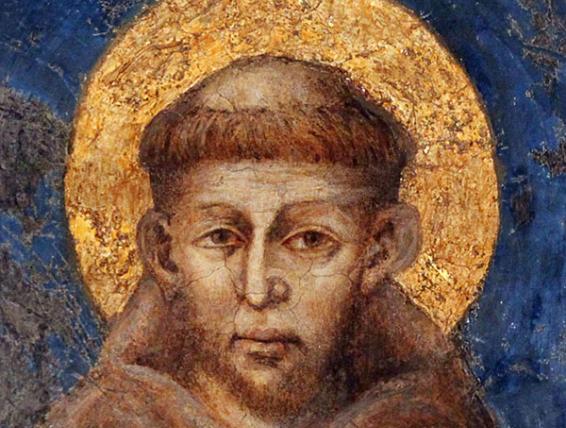





 Sep 14, 2008
Sep 14, 2008 










